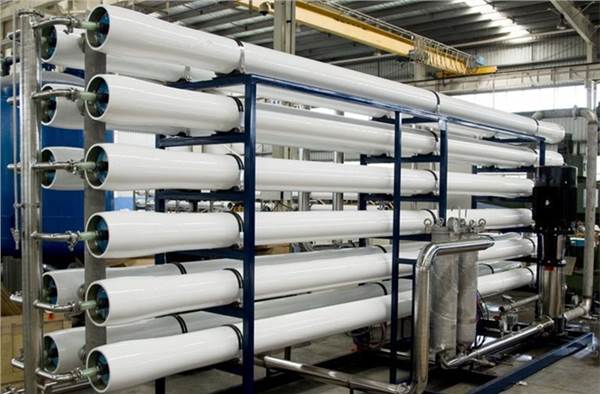The Reverse Osmosis (RO) membranes have become synonymous with advanced water purification, offering a transformative solution to the challenges of water scarcity and quality. This article explores the science behind RO membranes, their applications, and the impact they have on providing clean and safe water for diverse needs.
Understanding RO Membranes: At the core of the Reverse Osmosis process lies the semi-permeable membrane. These membranes are engineered with precision to allow the passage of water molecules while restricting the passage of dissolved salts, minerals, and contaminants. The driving force behind this selective filtration is the application of pressure, compelling water to move from an area of higher solute concentration to one of lower concentration, effectively purifying the water.
Types of RO Membranes:
- Cellulose Acetate (CA): Historically one of the first materials used, CA membranes have now been largely replaced by more advanced materials due to their susceptibility to biofouling and chlorine damage.
- Thin-Film Composite (TFC): TFC membranes are the most common in modern RO systems. They consist of a thin polyamide layer on top of a polysulfone support layer, providing excellent rejection of contaminants and durability.
- Polyamide (PA): PA membranes, a subset of TFC, are known for their high rejection rates and efficiency in desalination processes, making them a preferred choice for seawater and brackish water applications.
Components of RO Membranes:
- Membrane Surface: The surface of RO membranes is the primary site for the separation process. It is here that water molecules pass through, leaving behind contaminants.
- Support Layer: The support layer provides structural integrity to the membrane, enhancing its durability and resistance to physical damage.
- Spacer Material: Spacer materials create channels between membrane layers, promoting the flow of water and preventing the accumulation of contaminants.
- Membrane Backing: The backing of the membrane provides additional support and helps maintain the shape and structure of the membrane.
Applications of RO Membranes:
- Desalination: RO membranes play a pivotal role in desalination plants, converting seawater into freshwater by removing salt and other impurities.
- Drinking Water Treatment: Municipalities worldwide use RO technology to purify drinking water, ensuring the removal of contaminants and providing safe and clean water to residents.
- Industrial Processes: RO membranes are employed in various industrial applications, such as pharmaceutical production, electronics manufacturing, and power generation, where high-purity water is essential.
- Wastewater Reuse: RO technology is utilized in treating and reclaiming wastewater, making it suitable for agricultural irrigation or industrial processes.
Advancements and Challenges: Continuous research and development are enhancing the efficiency and sustainability of RO membranes. Innovations include improvements in membrane materials, increased resistance to fouling, and reduced energy consumption. However, challenges such as membrane fouling, scaling, and environmental considerations related to concentrate disposal remain focal points for ongoing research.
Conclusion:
RO membranes stand as a beacon of innovation in the realm of water purification, addressing the critical need for clean water across various sectors. As technology advances and challenges are met, these membranes will continue to play a pivotal role in shaping a future where access to safe and reliable water is a global reality.


